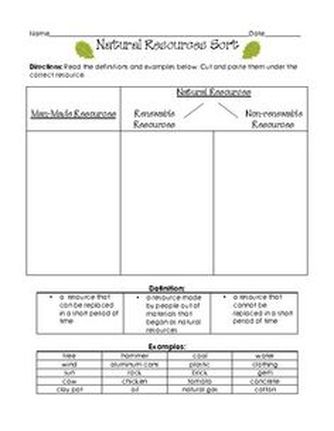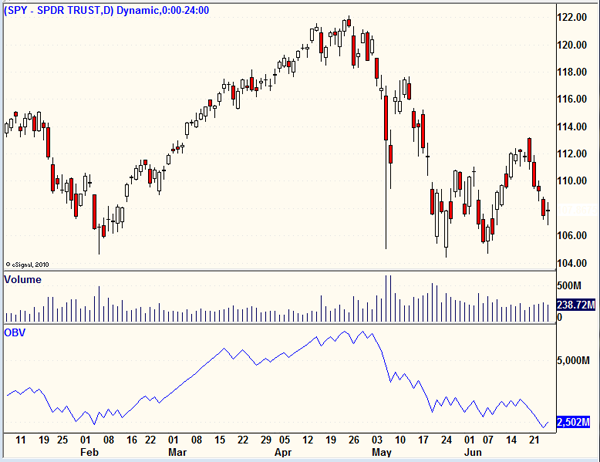Contents:


Straight-line https://1investing.in/ is a method of depreciation where the value of an asset diminishes at a constant rate. It is regardless of how much use or wear that asset has received. This depreciation can be helpful in financial planning because it can simplify the decision of when to retire an asset and provide a consistent calculation for tax purposes. In addition to providing information for financial reporting, depreciation can be used as a management tool.

Before you can determine the depreciable tax basis of the asset, what you need to do is to allocate the price between the depreciable part and the non-depreciable part. Interest on business obligations paid by the buyer to a lender or to a contract seller is normally tax deductible as an ordinary expense. Interest received by the seller, such as in an installment sale, is taxable income but is not subject to self-employment tax. Mannequins are long-term tangible assets of a clothing boutique which is why they are depreciable in its accounting books. In accounting, cash is considered a depreciable asset because its future worth is reduced because of inflation.
9 Depreciation: Allocation of Long-term Asset Cost
Get help and simplify your accounting withtax servicesandexpense management software. The basic depreciation system currently in use is the Modified Accelerated Cost Recovery System . With this system in place, you select the most appropriate depreciation method and convention for calculating depreciation on an item. The most common of these is the General Depreciation System , which contains the recovery periods referenced above. However, you may be required by law to use the Alternative Depreciation System , which has different recovery periods. For realty, the actual deduction is figured by applying a percentage taken from an IRS table applicable to the property based on the month it’s placed in service.
Form 20-F XTL BIOPHARMACEUTICALS For: Dec 31 – StreetInsider.com
Form 20-F XTL BIOPHARMACEUTICALS For: Dec 31.
Posted: Wed, 22 Mar 2023 07:00:00 GMT [source]
The units of production method is different from the two above methods in that while those methods are based on time factors, the units of production is based on usage. However, the total amount of depreciation taken over an asset’s economic life will still be the same. In our example, the total depreciation will be $48,000, even though the sum-of-the-years-digits method could take only two or three years or possibly six or seven years to be allocated.
Writing off items without depreciation
The useful life will vary depending on the depreciation method employed. Two common depreciation methods are straight-line and accelerated. Straight-line depreciation generates a constant expense each year, while accelerated depreciation front-loads the expense in the early years. Some companies choose the accelerated method to shield more income from tax, though their reported net profits will be less in earlier years. This will reverse in the later years, as less depreciation expense is recorded.
Carrying Value: Definition, Formulas, and Example – Investopedia
Carrying Value: Definition, Formulas, and Example.
Posted: Sat, 25 Mar 2017 19:25:50 GMT [source]
Likewise, a portable piece of equipment used by a construction company would be a fixed asset, even though it is not technically affixed to any structure. 49.11Electric Utility Hydraulic Production PlantIncludes assets used in the hydraulic power production of electricity for sale, including related land improvements, such as dams, flumes, canals, and waterways. 85844.0Water TransportationIncludes assets used in the commercial and contract carrying of freight and passengers by water except the transportation assets included in classes with the prefix 00.2. Depreciation is essentially an accounting transaction that spreads out the tax benefits of a business expense over the lifetime of the asset purchased. A depreciable business asset is a form of business expense that applies to items with set lifespans.
Sum of the years’ digits depreciation
Accumulated depreciation is the cumulative depreciation of an asset up to a single point in its life. Here’s what small business owners can expect for the 2023 tax year. It is also necessary to assess whether any external forces may threaten the longevity or performance of the asset.
These assets become outdated after a specific amount of time and must be changed. With asset depreciation your business saves on taxes if you own property, equipment, vehicles, or fixtures that can be claimed with Section 179 deductions. Railroad Transportation noteClasses with the prefix 40 include the assets identified below that are used in the commercial and contract carrying of passengers and freight by rail.
- Instead of realizing the entire cost of an asset in year one, companies can use depreciation to spread out the cost and match depreciation expenses to related revenues in the same reporting period.
- For those input items that are used in several production periods, the cost of the input must be allocated among the production periods during which the input is used.
- They can start depreciating such assets once they become available and ready to use.
- If I sell an asset in 2014, is the gain/loss amortized over five years as part of the subtraction modification?
Therefore the basis of the asset takes into consideration the previously allowed amount of section 179 expense claimed for federal purposes. What happens when an asset is disposed of prior to expiration of the five-year amortization period? The addition or subtraction adjustment is computed as of December 31, 2013 (for calendar year-taxpayers). The adjustment continues for five taxable years from the date of computation, regardless of sale or disposition of an asset during that period. Straight-line depreciation is a very common, and the simplest, method of calculating depreciation expense.
This method works well for assets expected to have high usage in their early years and then significantly decrease over time. For example, one can apply it when depreciating heavy machinery or large investments that will provide long-term benefits but become obsolete quicker than other assets. For example, if a business purchased a computer for $3,000 and depreciates that purchase over five years, it would subtract $600 from its taxable income each year ($3,000 divided by 5). Businesses must be aware of this deduction opportunity to pay more taxes than necessary.
What is a depreciation expense?
The asset’s cost will invariably decrease due to usage, wear and tear, and new innovations. When the asset is no longer useful to the company, the company may sell it off at a lower price than what it was initially worth. The land is not a depreciable business asset because its useful life is infinite.

For example, a $100,000 expenditure would reduce income tax by $35,000 if the taxpayer is in the $35% tax bracket. Information to record might include the item; a unit of measure; the item’s useful life , cost and salvage value ; and the calculated deprecation per unit of measure. It is critical that managers understand the distinction between cost and cash outflow . Certainly, principal payments on a loan to buy a tractor and depreciation allowance to account for the cost of the tractor is one such example. Using an hourly rate for depreciation also simplifies the question of allocating cost among enterprise.
Companies may record depreciation expense incurred annually, quarterly, or monthly. Date Particulars Debit Credit 06-Apr Delivery Van 25,000 GST Paid 2500 Cash 27,500 We have made an entry for GST, because we paid it when buying the vehicle. That is, you cannot use the total expenditure cost of $27,500 as part of your depreciation calculations.
A quick definition of depreciable asset:
This method of depreciation allows a larger tax deduction in the early years of an asset and less in later years. If you’re wondering what can be depreciated, you can depreciate most types of tangible property such as buildings, equipment vehicles, machinery and furniture. You can also depreciate certain intangible property such as patents, copyrights and computer software, according to the IRS.
Residual Value Explained, With Calculation and Examples – Investopedia
Residual Value Explained, With Calculation and Examples.
Posted: Sat, 17 Dec 2022 08:00:00 GMT [source]
The Wisconsin carryover for taxable years beginning on or after January 1, 2014, is the same as the federal carryover. Can the subtraction for difference in basis create a net operating loss for individuals, estates, and trusts? In order to have a Wisconsin NOL, you must first have a federal NOL. On Partnership B’s 2016 final tax return, the partnership must report to each partner, the partner’s proportionate share of the unamortized balance and the remaining amortization period. In this case, Partnership B would report as a supplement to each partner’s 2016 Schedule 3K-1, a statement identifying the partner’s $100,000 unamortized balance and the remaining amortization period of three years. For every asset purchased, the value of its useful life is estimated.
The entire cash outlay might be paid initially when an asset is purchased, but the expense is recorded incrementally for financial reporting purposes. That’s because assets provide a benefit to the company over a lengthy period of time. But the depreciation charges still reduce a company’s earnings, which is helpful for tax purposes.
How does debits and credits bonus depreciation affect the new subtraction modification for the difference in federal and Wisconsin basis of assets? The difference between federal and Wisconsin basis of depreciable assets as of the end of the 2013 tax year is amortized over five years. That difference may include bonus depreciation previously claimed for federal tax purposes. Am I required to make an addition or subtraction modification for property that was being depreciated on the last day of tax year 2013?
While you’ve now learned thebasic foundationof the major available depreciation methods, there are a few special issues. Until now, we have assumed a definite physical or economically functional useful life for the depreciable assets. However, in some situations, depreciable assets can be used beyond their useful life. If so desired, the company could continue to use the asset beyond the original estimated economic life. In this case, a new remaining depreciation expense would be calculated based on the remaining depreciable base and estimated remaining economic life.
